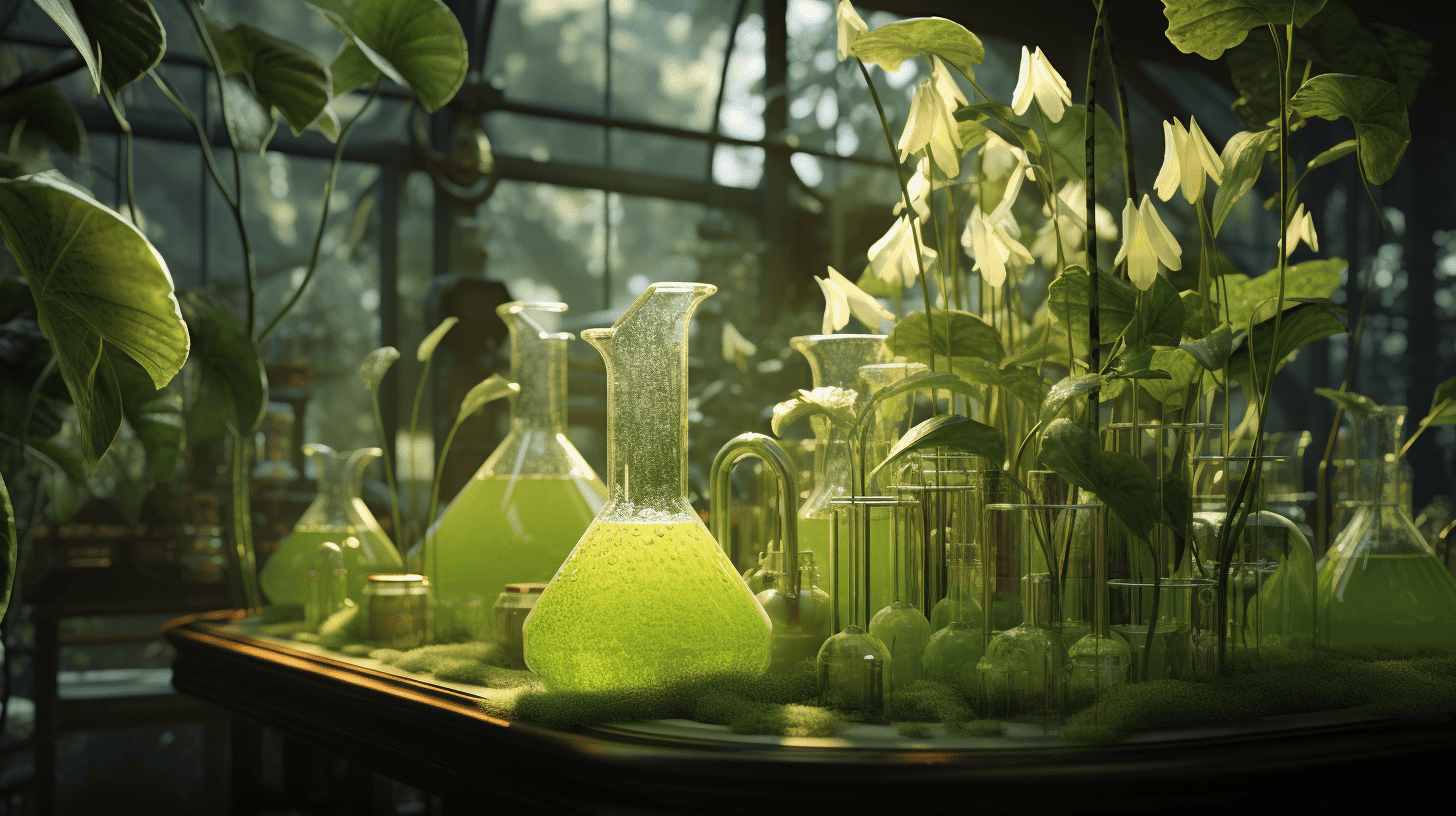
With the climate targets for 2050 in mind, the chemical sector must also become more sustainable. According to David Pappie, Director of Top Sectors and Industrial Policy at the Dutch Ministry of Economic Affairs and Climate, the only question is how.
By 2050, the Dutch chemical sector must reduce its greenhouse gas emissions by 80 to 95 percent to achieve the Paris climate objectives. To what extent does the sector feel the urgency to become more sustainable?
“At the time, I was a member of the climate negotiations team from the Ministry of Economic Affairs and Climate Change. The need to pursue the climate objectives and call a halt to global warming is widely supported within the chemical sector. The only question is: how do you do it? At the same time, people also realize that the longer you wait, the more expensive it becomes. Moreover, the transition is also seen as an opportunity. The knowledge and expertise we acquire in the Netherlands can also be marketed internationally by companies.
Hence the name of the coalition of ‘partners in crime’ Green Chemistry, New Economy. In addition to economic opportunities, however, there are also obstacles, according to chairman Arnold Stokking, such as current regulations that are not up to date. Why is that?
“There are discussions in the political arena: what are the most promising developments? Necessary friction arises on this point. What, for example, are the preconditions? You can tell a company to become more sustainable and to use green energy, but what about the necessary infrastructure? The same goes for the regulations with regard to biobased materials and the recycling of raw materials, where the regulations and the financing mechanisms of the government pinch.”
Read also: Arnold Stokking: Making chemical industry more sustainable goes hand in hand with circular economy
Where are those bottlenecks?
“Well, not to blame the Paris Climate Agreement, but agreements were made at the time with countries regarding reducing the emission of CO2 from the chimney. This applies to both companies and households: CO2 is literally coming out of the chimney there, whereas while biobased materials and circular solutions are much more about CO2 savings throughout the process chain. So what we look at much less is the chain effect in biobased and circular use of raw materials.”
What implications does this have?
“We are all convinced that you could recycle plastic. Not only mechanically but also chemically, by bringing plastic back into crackers. This enables it to be used as a raw material again, instead of burning it, or, even worse, letting it end up in the plastic soup. What’s the problem with that? There is often no incentive for companies to recycle, whereas when you burn waste, there are a lot of carbon emissions. But you also want to keep carbon in the chain. However, there are no incentives to do so, at least not in the right place.”
How could you provide those incentives, though?
First, by rewarding industry for manufacturing such recycled raw materials. Second, by building a place for it within the process chain. Companies like Coca Cola, Nestlé and Unilever do have ambitions with regard to the use of recycled or plant-based plastics, such as PEF, with which Avantium has made great strides in the manufacture of biodegradable bottles. But the collection and logistics to get pure plastic raw material streams in large volumes to the chemical crackers still lack adequate legislation. For example, the materials fall under the category of ‘waste’. There are all kinds of rules in the way of safely processing those residual streams into raw materials.”
What would have to change about those regulations?
“Our current set of instruments as a whole is very focused on converting what already exists. There are also subsidies available for that. But if you really want to start something new, to make it more sustainable, there are too few opportunities to stimulate that, while there are all kinds of good opportunities, for example with bio-based materials, such as bioplastics from sugar beets. Our funding and incentive programs often do not allow this because they are strongly focused on energy and less on chemistry.
It all sounds like doom and gloom. However, there are also all kinds of hopeful developments.
David Pappie, director of Top Sectors and Industrial Policy at the Dutch Ministry of Economic Affairs and Climate Policy
I fervently hope that there will be movement on this in the next four years under the new cabinet, in terms of the standards and legal regulations to increase the share of bioplastics, taxes and deductions, as well as incentives and subsidy schemes up to and including changes to the Waste Fund. The latter is about the collection of plastic. For the time being, this is primarily a matter of packaging materials, but it could very well be extended further. To plastic fibers in textiles and styrofoam, for example.”
It sounds as if it’s all doom and gloom. However, there are also all kinds of hopeful developments. For example, things are moving in the right direction with regard to the range of instruments at both the European and national levels. One example is the establishment of the National Growth Fund, for which Green Chemistry and the New Economy have also submitted applications. And all sorts of things are happening in Brussels as well.”
What role do regions and provinces play in these developments?
“Everything that we come up with at the national level comes down to the regions. This translates into a cluster approach, such as the Groningen cluster in the Eemshaven and the South West region in ENZuid. However, the regions also play an important role in the field of financing, not only in the ROMs (regional development agencies) but also in the financial support of start-ups and scale-ups. We should certainly not forget the importance of Invest.nl in this regard.”
What opportunities does making the chemical sector more sustainable offer the Netherlands?
“The Netherlands has a good starting position when it comes to the chemical recycling of waste. There are a number of large crackers in the Netherlands, there is a good infrastructure and a link to major ports. Waste processing into raw materials could therefore be drawn on a larger scale to waste from Europe. To this end, excellent networks are already in place from the fossil fuel industry. The only difference is that it involves other flows like hydrogen, CO2 or flows from biobased raw materials.”
The production of bio-based materials also offers great opportunities. There is already a link between the agricultural and chemistry sectors. Good examples are, for example, Corbion and Avantium, companies that are leading the way in the production of polymers and PEF. However, we will continue to need carbon in the future. Only now we get it from coal and oil, soon this will come from CO2 and biobased raw materials.”
What do entrepreneurs need? And what can you do as a government for that?
“We want to create the preconditions for entrepreneurs. Entrepreneurs are there to do business. We want to facilitate that by providing an adequate set of instruments. Innovation plays an important role here. I expect a lot from the near future in that respect. To achieve this, we need to scale up our knowledge and skills. We will therefore have to invest in pilots and pilot plants, where all kinds of things can be tested to be able to scale them up further and bring them to the market. For the next four years, I am hoping for new resources to make this possible.”







